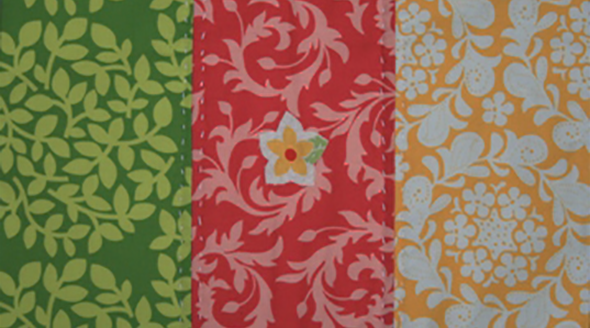
Cameroon
Capital city — Yaoundé
Country population
Incarceration rate (per 100,000 inhabit…
Type of government
Human Development Index
i2016/ UNDPName of authority in charge of the pris…
Total number of prisoners
Prison density
i2016/ Ministry of JusticeTotal number of prison facilities
i2015An NPM has been established
Female prisoners
i2015/ Ministry of JusticeIncarcerated minors
i2015/ Mnistry of JusticePercentage of untried prisoners
Death penalty is abolished
Yesno execution sinc…
The penitentiary system
Premises
As of 2015, Cameroon had 79 functional prisons 1 with a total capacity of 17,815 persons:
- 10 central prisons (regional capitals)
- 50 main prisons (departmental capitals)
- 19 secondary prisons (district capitals)
The secondary prisons are located in rural areas, while the others are in urban areas or their outskirts.
Some of the facilities are inherited from the German colonial system. These are very old and unhealthy. Other establishments were built in the 1970s.
More recent facilities were built between 2011 and 2015. They incorporate recommendations from the Ministry of Justice’s 2011–2015 decongestion strategy (in French). The government has attempted to reduce overcrowding by increasing capacity rather than reducing delays in the justice system and the use of pretrial detention. Reforms to the criminal code, adopted in 2016, propose alternatives to imprisonment for persons sentenced to a maximum of two years in prison: community service and compensation for the victim’s loss.
The Cameroonian state has undertaken the construction and renovation of prisons, including seven ongoing projects. As of 2015, it had nine prison construction projects. The government has requested tenders for the construction of new prisons.
The new Douala central prison will be built by a Chinese company 2. Several buildings are planned: an administrative building, three buildings containing male cells, a mixed male/female cell building, a kitchen building, a building to house a church, and another to house a mosque. There is a plan to install electronic systems. The designing architect provided for better ventilation than other prisons, as well as more places to eat, more toilets, and showers in the cells.
Maroua Prison does not currently hold women and minors. In 2015 work was being done (in French) to construct a wing for minors and a female-only wing. Additional work to build a high security area was planned. The prison has a water tower and a power generator.
No correctional institution is administered by a public-private partnership.
Ministry of Justice, “Rapport du ministère de la Justice sur l’état des droits de l’homme au Cameroun en 2015”, October 2016, p. X (in French). ↩
China First Highway Engineering Co. Ltd. (CFHEC). This company was sanctioned and forced to suspend public contracts for three years in September 2014 for fraudulent practices, but still secured the prison contract. ↩
Number of available places for prisoners
17,815
Staff
The number of prison guards in 2014 was 2,720—including 619 women. This represents a ratio of one guard to nine inmates. According to the prison administration, it is necessary to employ one guard for every five inmates.
Guards are trained at the National School of Prison Administration in Buea. Guards are not taught to respect human rights (in French).
Working conditions, salaries and career advancement have been the subject of complaints and strikes for over ten years.
Difficult working conditions and insufficient pay incentivise guards to delegate their tasks to prisoners. Guards are easily bribed to allow certain inmates special treatment. Through bribes, inmates may obtain a bed, an outing or transfer to a less-crowded wing. Conversely, inmates without money for bribes sometimes stay locked up after finishing their sentence.
Medical staff is supervised by the Ministry of Justice (see section “Health”).
Guards-inmates ratio
0.111